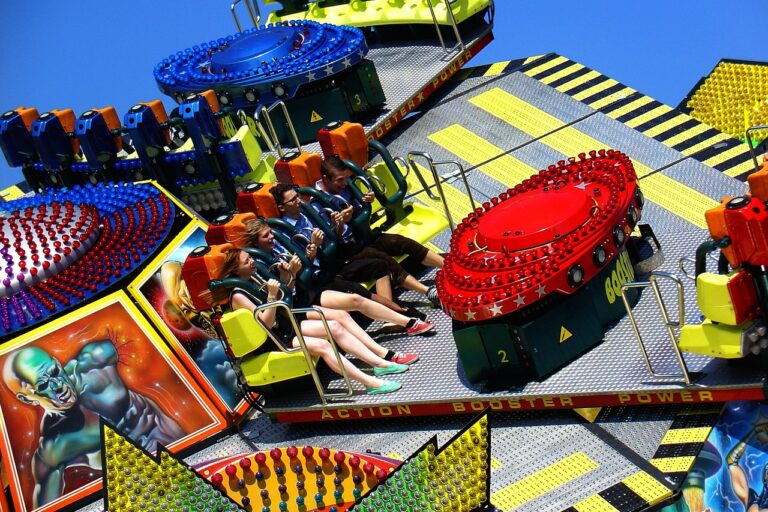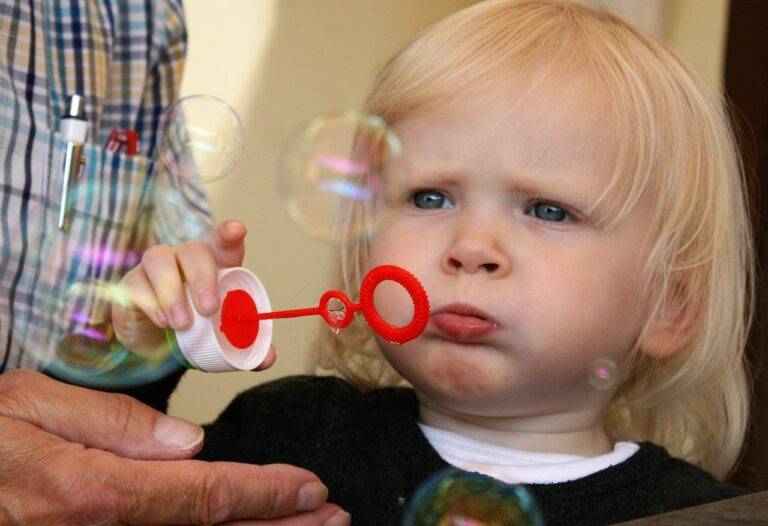Analyzing the Evolution of Diversity in Film Casting: Representation and Authenticity
In recent years, the film industry has seen a significant shift towards more diverse casting choices. This evolution has been driven by a growing demand for authentic representation on screen. Audiences are increasingly vocal about their desire to see actors from all backgrounds and ethnicities in leading roles, leading to a greater appreciation for the richness of human experiences.
Moreover, filmmakers and casting directors are recognizing the importance of reflecting the diversity of society in their projects. By casting actors who accurately represent the characters they portray, films are able to connect with viewers on a deeper level. This shift towards inclusivity not only enriches the stories being told but also opens up new opportunities for underrepresented talent in the industry.
Challenges Faced in Achieving Authentic Representation
Authentic representation in film casting continues to be a significant challenge in the entertainment industry. The lack of diverse roles for marginalized communities often leads to stereotypical and one-dimensional characters being portrayed on screen. This not only perpetuates harmful stereotypes but also limits the opportunities for actors from underrepresented groups to showcase their talent and skills.
Moreover, the issue of typecasting is another obstacle in achieving authentic representation. When actors are consistently cast in roles that align with stereotypes based on their race, gender, or sexual orientation, it reinforces narrow portrayals of diversity in the media. This practice not only restricts the range of roles available to actors from diverse backgrounds but also reinforces the belief that certain identities can only fit into specific character molds.
• Typecasting reinforces narrow portrayals of diversity in the media
• Restricts range of roles available to actors from diverse backgrounds
• Reinforces belief that certain identities can only fit into specific character molds
In addition, the lack of representation behind the camera also poses a challenge in achieving authentic representation on screen. The majority of directors, producers, and casting agents in Hollywood are still predominantly white and male. This lack of diversity among decision-makers often results in stories being told through a limited perspective, further perpetuating stereotypes and excluding authentic voices from marginalized communities.
Furthermore, the issue of tokenism is another hurdle to overcome when striving for authentic representation. Tokenism occurs when one or a few individuals from underrepresented groups are included to give the appearance of diversity without truly addressing systemic issues within the industry. This superficial inclusion not only fails to provide meaningful opportunities for diverse talent but also undermines efforts towards genuine inclusivity and equality in film and television production.
• Lack of diversity among decision-makers limits perspectives portrayed on screen
• Stories often told through a limited perspective due to lack of diverse voices behind the camera
• Tokenism gives appearance of diversity without addressing systemic issues
• Superficial inclusion undermines efforts toward genuine inclusivity
Historical Context of Diversity in Film Casting
Diversity in film casting has seen significant evolution over the years, with changes reflecting societal attitudes, demands for authentic representation, and the push for inclusivity. Looking back at the historical context of film casting, early cinema often lacked diversity, with predominantly white actors cast in most roles regardless of the characters’ racial or ethnic backgrounds. This lack of representation not only limited opportunities for actors from diverse backgrounds but also perpetuated harmful stereotypes in the industry.
As movements for equality and diversity gained momentum, the film industry began to slowly shift towards more inclusive casting practices. The push for authentic representation led to the recognition of the importance of casting actors who truly reflect the diversity of the characters they portray. While progress has been made in recent years, there are still challenges and barriers to overcome in achieving genuine diversity in film casting, highlighting the ongoing need for continued efforts and advocacy for inclusivity in the industry.
How has the casting of diverse actors evolved in the film industry over time?
The casting of diverse actors has evolved as society’s views on representation have changed. In the past, Hollywood often whitewashed roles that should have gone to actors of color, but in recent years, there has been a push for more authentic representation on screen.
What are some of the challenges faced in achieving authentic diversity in film casting?
Some challenges include lack of opportunities for diverse actors, unconscious bias in casting decisions, and resistance to change from those in power. Additionally, there may be pressure to stick to traditional casting practices rather than taking risks with diverse casting choices.
Can you provide examples of the historical context of diversity in film casting?
In the early days of Hollywood, actors of color were often relegated to stereotypical roles that perpetuated harmful stereotypes. It wasn’t until much later that filmmakers started to challenge these norms and push for more authentic representation on screen.







